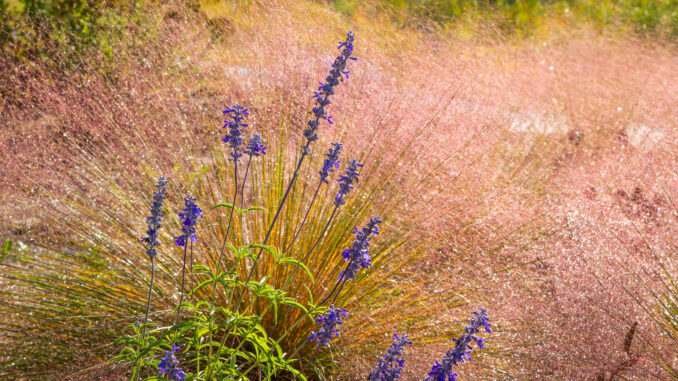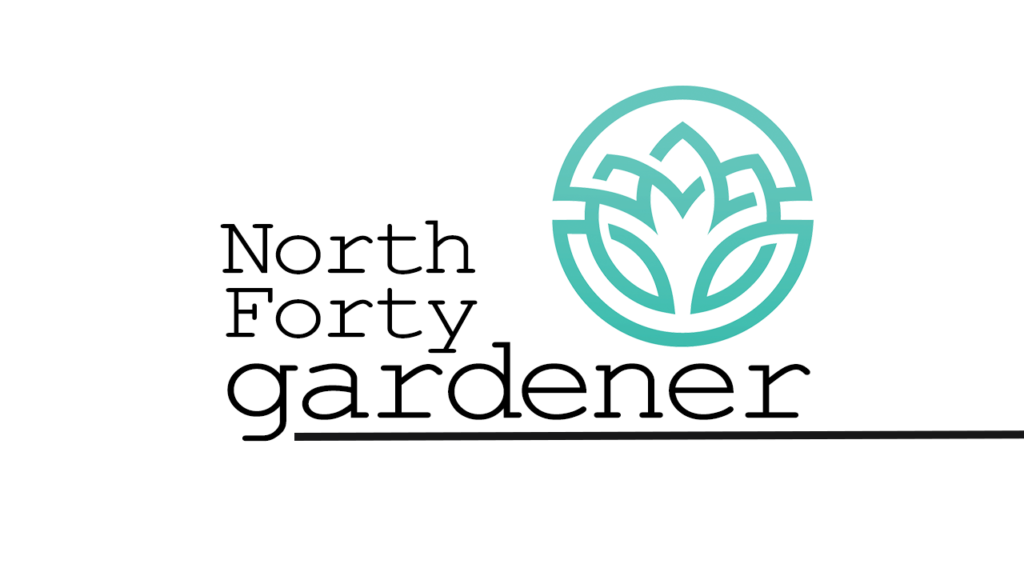

by Bryan Fischer, Horticulturist, Gardens on Spring Creek
If you’ve read any of my articles, you’ve probably heard me rambling on about “fine-textured foliage”. I can’t help it – foliage texture is an integral part of any design work I do. In fact, it is so important to my process that I consider it in tandem with bloom color and timing when I assess plant choices for a space.
Gardeners in our region have long focused on blooms. The issue with blooms, especially in our region, is that they don’t last. Most plants only bloom for a few weeks by design, as flowers are only the means to an end and are very energy-intensive. Add high-elevation sun, dry air, frequent wind, hail and temperature snaps, and counting on blooms to carry a design in northern Colorado just isn’t realistic.
Cue fine texture: providing a cornerstone of elegant, diaphanous-looking gardens, fine-textured plants are those with very slender or petite leaf blades, often arranged in linear or geometric patterns. Examples include fennel, conifers, and other airy plants like Nigella spp. (love-in-a-mist), western hummingbird mints (Agastache spp.) and many grasses. Narrow-leaf blades on all these plants provide a visual evenness and softness, unifying busy displays and knitting designs together. Many plants with narrow foliage have a penchant for breezy movement in the garden, which provides another layer of garden interest.
Often, too, fine-textured foliage is exhibited in plants as an evolutionary adaptation; small leaves have less surface area, and thus lose less water in dry climates. Bending around falling hailstones and flexing in whipping winds, they tolerate extreme weather with more grace than coarser companions. So, choosing fine-textured plants indirectly selects plants better adapted to our climate – something we can all get behind.
Diversity is the spice of life, and gardening is no different. Plants with moderate and coarse leaf textures are critical for setting these fine textures off, providing contrast and definition to render designs more legible. A garden composed of entire fine-textured plants can be visually pleasing but is more likely to look like a hectic meadow. Add in waves of plants with coarser textures to provide a framework, and suddenly the eye is pulled across the space, drawn to the contrasting margins of the two textures. Examples here could include lamb’s ear (Stachys byzantina), oriental poppies (Papaver orientale), and tall bearded / German iris (Iris x germanica). While other garden classics like hostas (Hosta x and spp.) also fit this bill, I generally avoid them; their broad, woodland-adapted leaves are veritable hail targets and make them very thirsty in our arid climate.
So rather than relying on showy flowers, consider something with a bit more staying-power. A two-week flush of poppy blooms may be spectacular, but will be brief; left behind will be crispy leaves and scruffy stems. Great foliage doesn’t quit, so keep the poppies but be sure to have a fine-textured plant next-door to cover up their cankles. Happy gardening!
Support Northern Colorado Journalism
Show your support for North Forty News by helping us produce more content. It's a kind and simple gesture that will help us continue to bring more content to you.
BONUS - Donors get a link in their receipt to sign up for our once-per-week instant text messaging alert. Get your e-copy of North Forty News the moment it is released!
Click to Donate